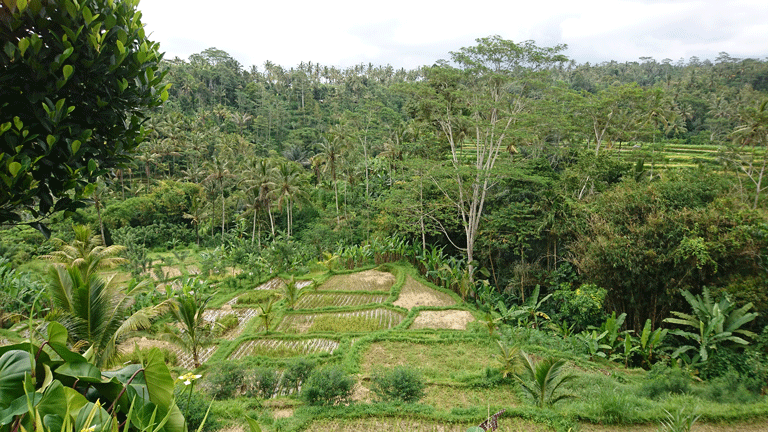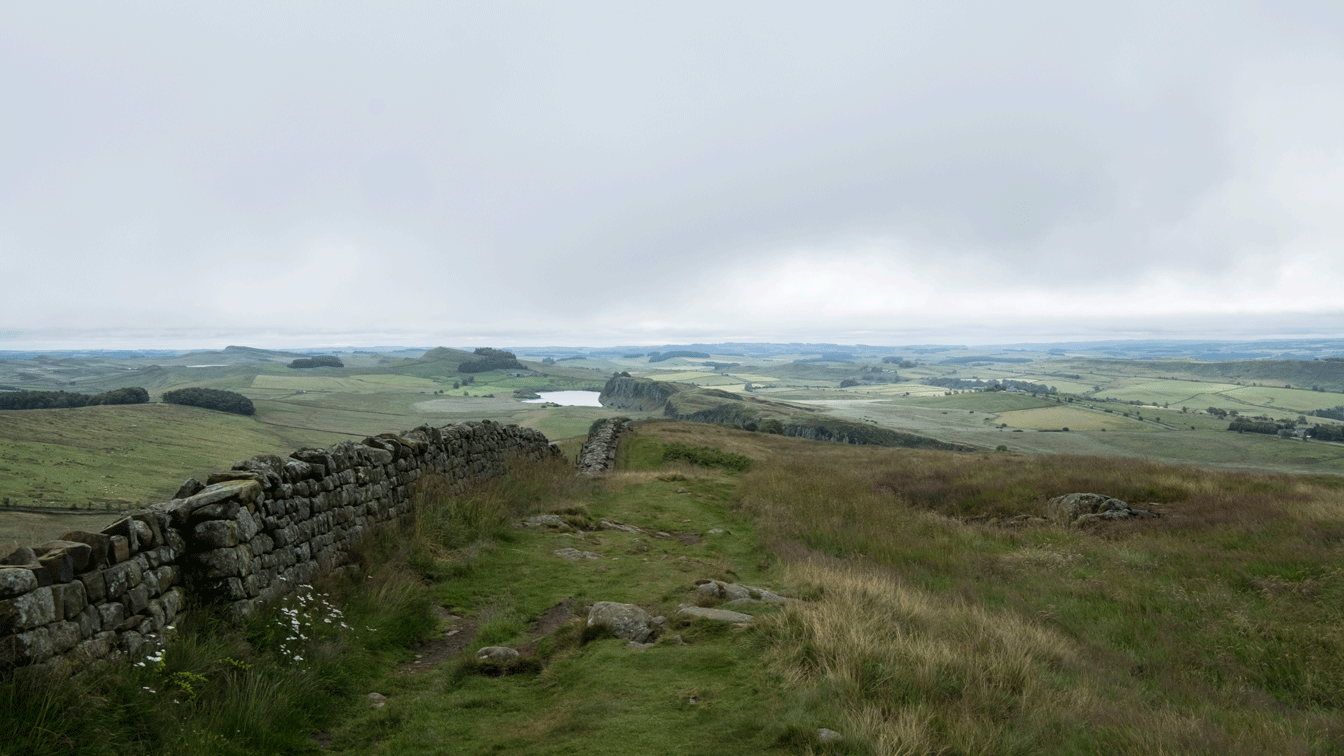The Real Story of Human Transformation of the Earth is a Very Early One
A new study in Science challenges the commonly used narrative that humans have only very recently altered Earth’s landscapes in a major way. Compiling knowledge from more than 250 archaeologists worldwide, the research reveals a planet largely transformed by humans as early as 3,000 years ago.
The paper is a result of The ArchaeoGLOBE Project, founded in 2012 by Erle Ellis, a Global Land Programme Fellow and professor of geography and environmental systems at the University of Maryland, Baltimore County. ArchaeoGLOBE grew out of the GLOBE project, originally designed as an online collaborative environment for the Global Land Programme’s land change science community to share and integrate local knowledge with global datasets to assess the global relevance of their work. Scientists from PAGES (Past Global Changes), another Future Earth global research project, also participated as authors of the paper.
The ArchaeoGlobe Project is described as a “massively collaborative effort” to assess archaeological knowledge on human land use across the globe over the past 10,000 years, and is the first online collaborative global assessment of archaeological knowledge on land use.
Humans’ effect on landscapes has changed significantly over time, from acting as hunter-gatherers to early farmers, to the more intensive, larger scale farms and cities of the world today, according to Ellis. Yet the extent and implications of these changes over the past 10 millennia have not been well understood.
For the last two years, Ellis and ArchaeoGLOBE have been working with archeologists to try to deepen their understanding of the early history of land use change at global scale.
“Archeologists have a deep reservoir of knowledge about the human environment and how it’s changed over thousands of years, but they always tend to work locally. And so what we wanted to do is to tap that expertise to try to come up with a global understanding of these local changes,” said Ellis.

ArchaeoGLOBE used crowdsourcing to gather a wide variety of information, inviting archaeologists with land-use expertise to fill out a detailed questionnaire covering all continents except Antarctica, looking all the way back to 10,000 before present day up until 1850, only 169 years ago. They found that the impacts of early human land use on Earth’s current ecology have been underestimated by current reconstructions.
Many global change scientists understand land use as something that became significant only a few hundred years ago — often a point of debate for defining the Anthropocene, a term now used to describe a period in history in which human beings have become the driving force on the planet. In a vote in May of 2019, a scientific working group settled on the start of the Anthropocene as mid-20th century — even more recent than a few hundred years ago. But this term has still not been officially approved as a recognized subdivision of geologic time by the International Commission on Stratigraphy (ICS) nor the International Union of Geological Sciences (IUGS).
This study will add another significant consideration to the definition of the term, as the lens of archeology exposes quite significant long-term changes caused by land use that began thousands of years ago.
“It’s really a pretty remarkable difference from the reigning paradigm of ‘land use is mostly recent,’” said Ellis. “Archeologists are saying no, the real story of human transformation of the Earth is a very early one.”

DATE
August 29, 2019AUTHOR
Kelsey SimpkinsSHARE WITH YOUR NETWORK
RELATED POSTS
Study: Eruption of Alaska’s Okmok volcano linked to mysterious period of extreme cold in ancient Rome
Water stresses are risking food security. Here’s how to turn this around.
A rapidly-evolving new normal: Pep Canadell comments on Australia’s Fires